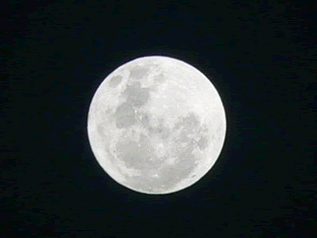Planet Earth has only one natural satellite, the Moon. Despite being the second brightest body in the sky, behind only the Sun, the Moon does not have its own brightness, being illuminated by sunlight.
As the Moon moves around the Earth during the month, it has four different aspects, which are the moon phases. According to the luminosity, the Moon can be classified as: full, waning, new or crescent.
This phenomenon occurs due to the angle at which we observe the face of the Moon illuminated by the Sun. Each phase of the Moon lasts approximately seven days, influencing the tides and some habits, such as cutting hair, fishing, among others.

The full moon is the brightest phase
Full Moon: Considered by many to be the most beautiful phase, the Full Moon occurs when the Sun fully illuminates the part of the Moon facing the Earth.
A waning moon: this phase is marked by the loss of luminosity, in which we observe only one illuminated face, which forms a letter C in reverse.
New Moon: It is marked by low light, as its face facing the Earth is not being illuminated by the Sun.
Crescent Moon: considered the transition phase from New Moon to Full Moon, the Crescent Moon is characterized by receiving light on only one face (on the opposite side of the waning).
By Wagner de Cerqueira and Francisco
Graduated in Geography
Kids School Team

